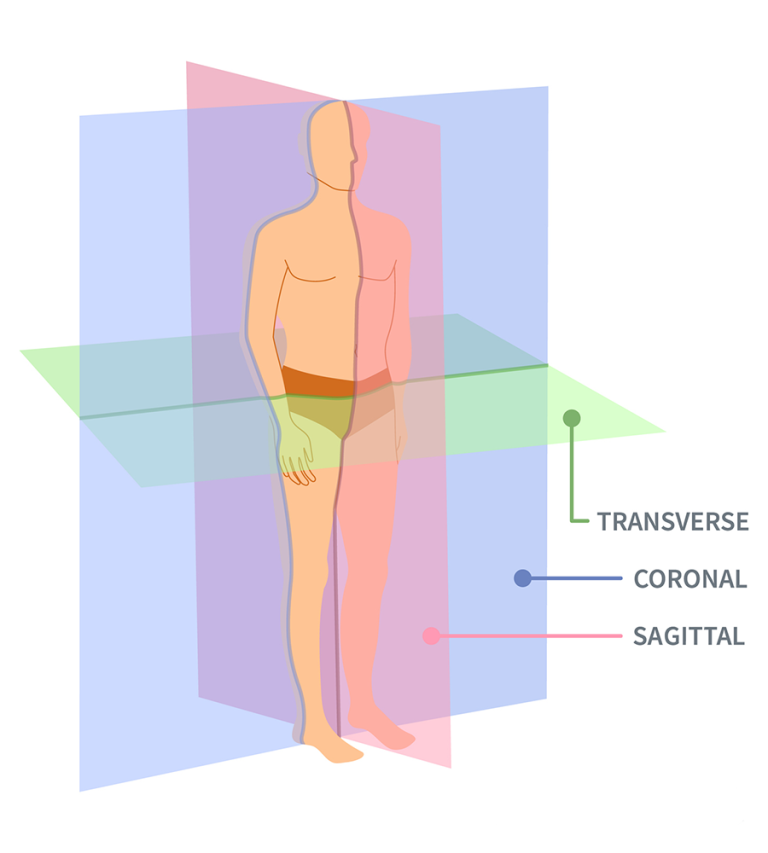High-intensity interval training (HIIT) is a fitness technique that involves alternating between brief spurts of intense exercise and short periods of rest. Whether you’re running, swimming, or cycling, the goal of HIIT is to work your muscles and get your heart rate up. But what exactly does this look like? According to The New York Times, you can engage in HIIT by challenging yourself aerobically for a few seconds or minutes at a time, followed by a few minutes of complete rest or lower-intensity exercise.
For instance, you can try engaging in four minutes of strenuous exercise, followed by four minutes of rest, then repeating this pattern. Because they consist of such brief intervals, HIIT workouts can be quite short, lasting as little as 10 minutes in duration. Regardless of what type of exercise you choose to engage in, however, it must be intense enough to elevate your heart rate. This is what sets HIIT apart from other fitness techniques.
Benefits of HIIT
According to experts at Healthline, there are many important health and fitness benefits associated with HIIT. Doing HIIT is a great way to burn calories quickly. In fact, research has found that HIIT can help you burn more calories than other forms of exercise — or the same amount of calories in a shorter period of time. In fact, HIIT can also help you continue to burn calories even after you’re done exercising.
That’s because the intensity of the exercise actually increases your metabolic rate, which can help you burn hours after you’ve finished working out. In addition, implementing HIIT into your workout routine can help increase your muscle mass. Not only can HIIT generate body fat loss, it helps strengthen your muscles and build muscle mass in the lower body region. This is especially true if you’re new to exercise. Furthermore, HIIT can help reduce your blood pressure, your blood sugar, and even improve your oxygen consumption.
What are the risks of HIIT?
However, experts advise against doing HIIT on a daily basis. That’s because this form of exercise can be fairly taxing on the body. As such, it should only be used to complement your regular workout routine. As a matter of fact, doing HIIT more than a few times a week can actually do more harm than good. According to CNet, too much HIIT can cause your cortisol levels to spike. “Although short-term spikes can help our body grow stronger, too high an increase over longer periods can result in a number of unwanted side effects, including digestive issues, bloating, and weight gain,” Lee Jay, a personal trainer based in Tel Aviv, told CNet.
Overdoing it can also deplete your glycogen stores. Since your body uses glycogen for energy during exercise, your body needs adequate rest in order to replenish your glycogen stores. Not taking enough time to rest in between HIIT workouts, however, can keep your glycogen levels low, which can make you feel slower and weaker. In addition, HIIT can be quite taxing on your joints. Many HIIT workouts are high-impact workouts. Because of this, they can put added stress and pressure on your joints and bones, which can potentially lead to injury. That’s why it’s important to do no more than two to three HIIT workouts per week.










